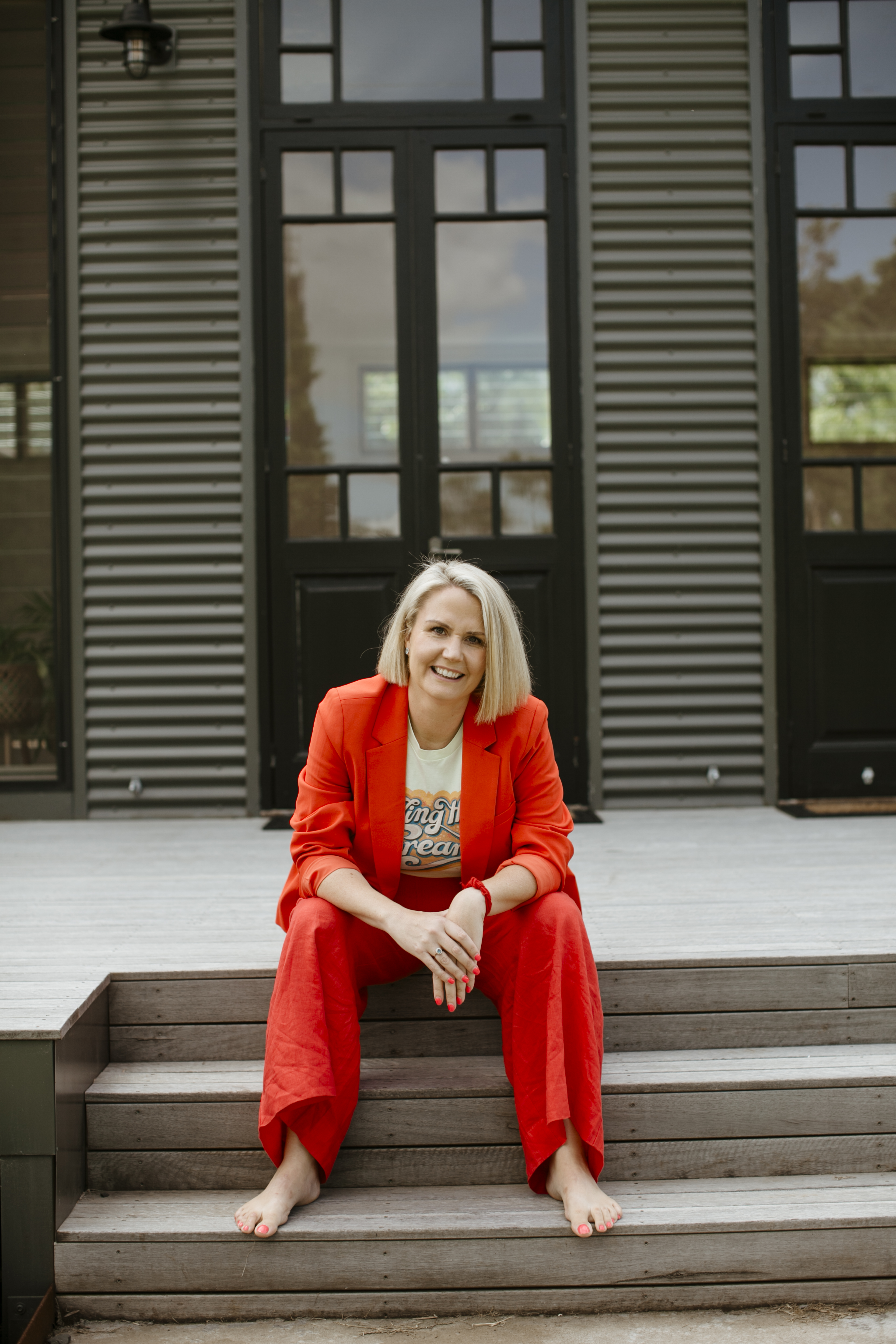
Why Financial Forecasting Fuels Small Business Growth
In this article, I’ll share why I love financial forecasting and the powerful impact it can have on both you and your business.
What is Financial Forecasting?
Big businesses regularly invest time in forecasting, projecting, and building profit plans. But in the small business world, I rarely see this happening. It’s often not on the radar—or if it is, people feel they don’t have the time. More often than not, it’s because they don’t know where to start, how to make assumptions, or don’t yet see the value in learning.
One thing about me: I love to keep finance simple. So let’s begin by unpacking what financial forecasting actually is.
You might hear terms like budget, financial forecast, profit plan, or profit projection thrown around—but at its core, it’s really just a profit and loss plan. Essentially, it’s an overview of all the revenue you expect to earn over the next 12 months, usually broken down by month.
Then, we look at all the costs you expect—or need—to incur in order to generate that revenue. And finally, we calculate the profit that remains.
These plans help us understand our potential for profit or revenue growth. But maybe your revenue already feels solid—and what you really want is to make your profit more efficient.
The Benefits
I don't care how big or small your business is—even if you started it yesterday—you need to be making a plan for the next 12 months. The discomfort you might feel at the beginning of your learning curve is part of the process. It’s what gets you to the juiciness, the abundance, the profit, and the cash waiting on the other side.
Imagine a world where you can actually project what you're going to pay yourself—whether that’s monthly, fortnightly, or whatever works for you. If you knew what would be available to you personally as a salary or wage, you could create a financial plan that outlines the exact steps to get there.
How freeing would that feel? How much more in control of your business would you be?
The How-To
Start by looking at the sales you expect to generate in the financial year ahead. In Australia, the financial year runs from July 1st to June 30th the following year. Map out your desired revenue across that period by reviewing your current and future revenue streams. Use your past data as a starting point, but also ask yourself:
Could I realistically do more?
Put yourself in your future shoes.
What you’re really doing here is asking for what you want. This should feel slightly stretchy, but still achievable.
For example: let’s say I want to earn $10,000 in revenue over the first six months, and $20,000 in the second half of the year. I have four revenue streams. I might forecast that two of them will grow to bring in $7,500 each, and the remaining balance will come from the other two.
Once I’ve mapped that out, I can ask:
What needs to happen for those two revenue streams to hit $7,500?
Do I need to collaborate with someone? Invest in marketing or advertising?
This is where the clarity begins. By walking through the plan, you start to see what’s truly possible for your business.
Take the Action
This is where the value of a financial forecast really comes into focus—it helps you determine the steps you need to take to move toward your goal.
Maybe you don’t believe you can realistically grow your current revenue streams. In that case, is there a new revenue stream you could introduce? Or perhaps you need to invest in support—like hiring a coach—to help you take that next step and move closer to your target.
From there, consider the cost of these changes. You want to be intentional with the choices you’re making, because forecasting allows you to decide ahead of time what your priorities are.
It also gives you the clarity to be more selective about the opportunities you choose to pursue—aligning them with the direction you’ve consciously set for your business.
Tax Considerations
Usually, you only get in touch with your tax accountant once a year—when it’s time to lodge your tax return. But if you speak to your accountant ahead of time and clearly articulate where you believe your business is heading, you can engage in something called
tax planning.
For example, if you’re currently operating as a sole trader but your business is starting to generate significant profit—typically in the range of $110,000 to $130,000 per year—it may be more tax-effective to move to a company structure. Knowing this in advance allows your accountant to prepare and ensure you're set up in the most strategic way possible.
The goal of tax planning is simple: minimise your tax burden so you can retain more of your hard-earned profit. By proactively planning, you’re not only saving money—you’re setting your business up for long-term sustainability and success.
Final thoughts
Creating a projection plan isn’t about restricting yourself or limiting what you’re allowed to spend. It’s about expanding your perspective—seeing what’s possible and what’s available to your business.
Use your financial forecast as a decision-making tool. It can help you identify which opportunities are truly aligned with your goals, and which ones may not support the direction you're heading. Set yourself up to do more of what you love—and trust yourself to follow through.
Let your accountant know your profit forecast ahead of time. Being proactive allows for smarter tax planning and helps shape a more effective financial strategy—so you can keep more of the money you work hard to earn.
A financial forecast creates both structure and spaciousness. It helps you energetically align with your revenue goals and builds a framework you can navigate throughout the year. And remember, it’s not set in stone. Keep it fluid so you can adjust as needed and stay in alignment as your business evolves.
I absolutely love talking about the potential and possibilities the future holds. Forecasting gives us the power to have expansive, grounded conversations about what we really want for our businesses.
So—what do you think? Have I convinced you to start profit planning?
I’ll see you in the next post, and I look forward to connecting with you soon.
Curious to to learn more and dive even deeper? listen to my free (and secret) podcast.
